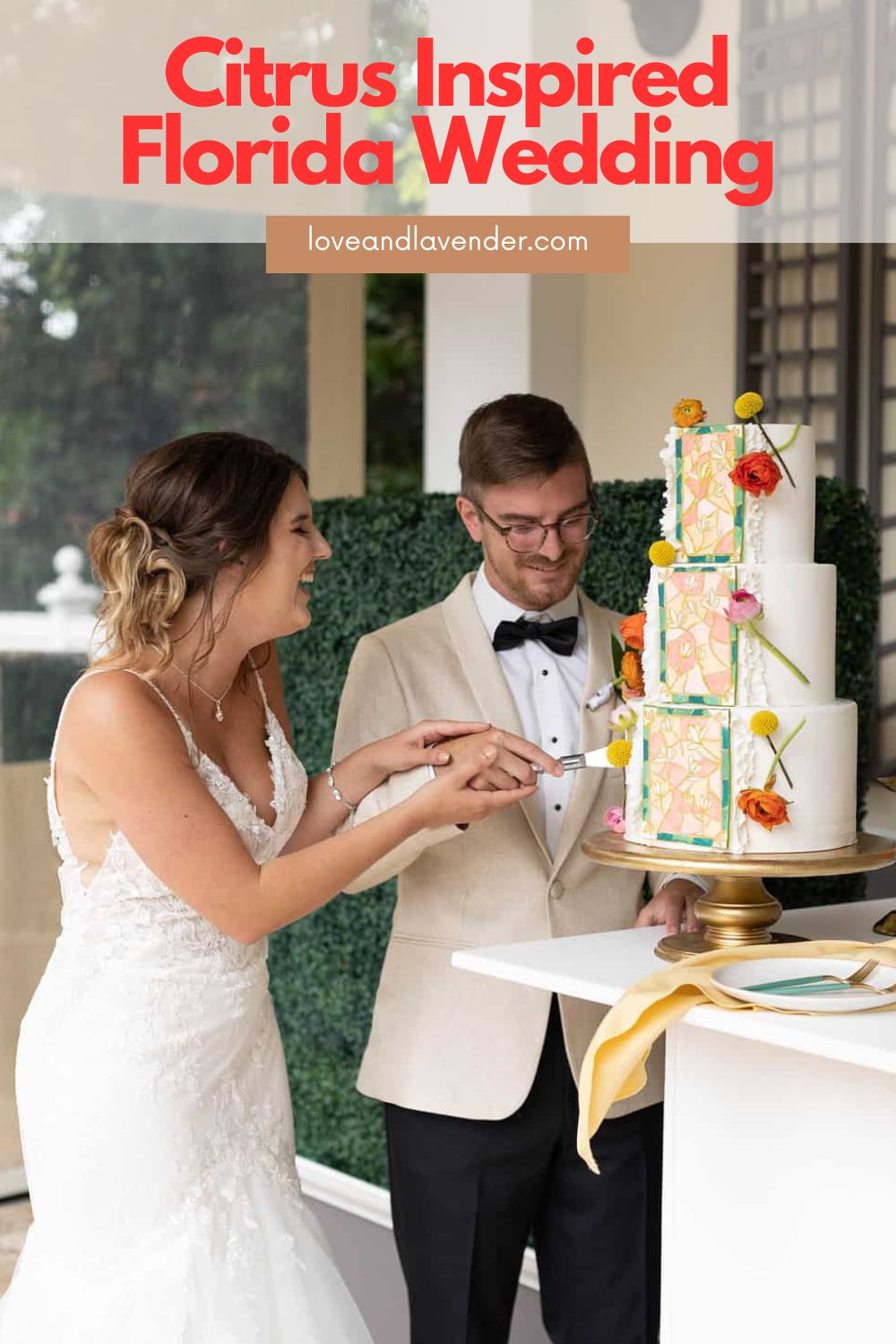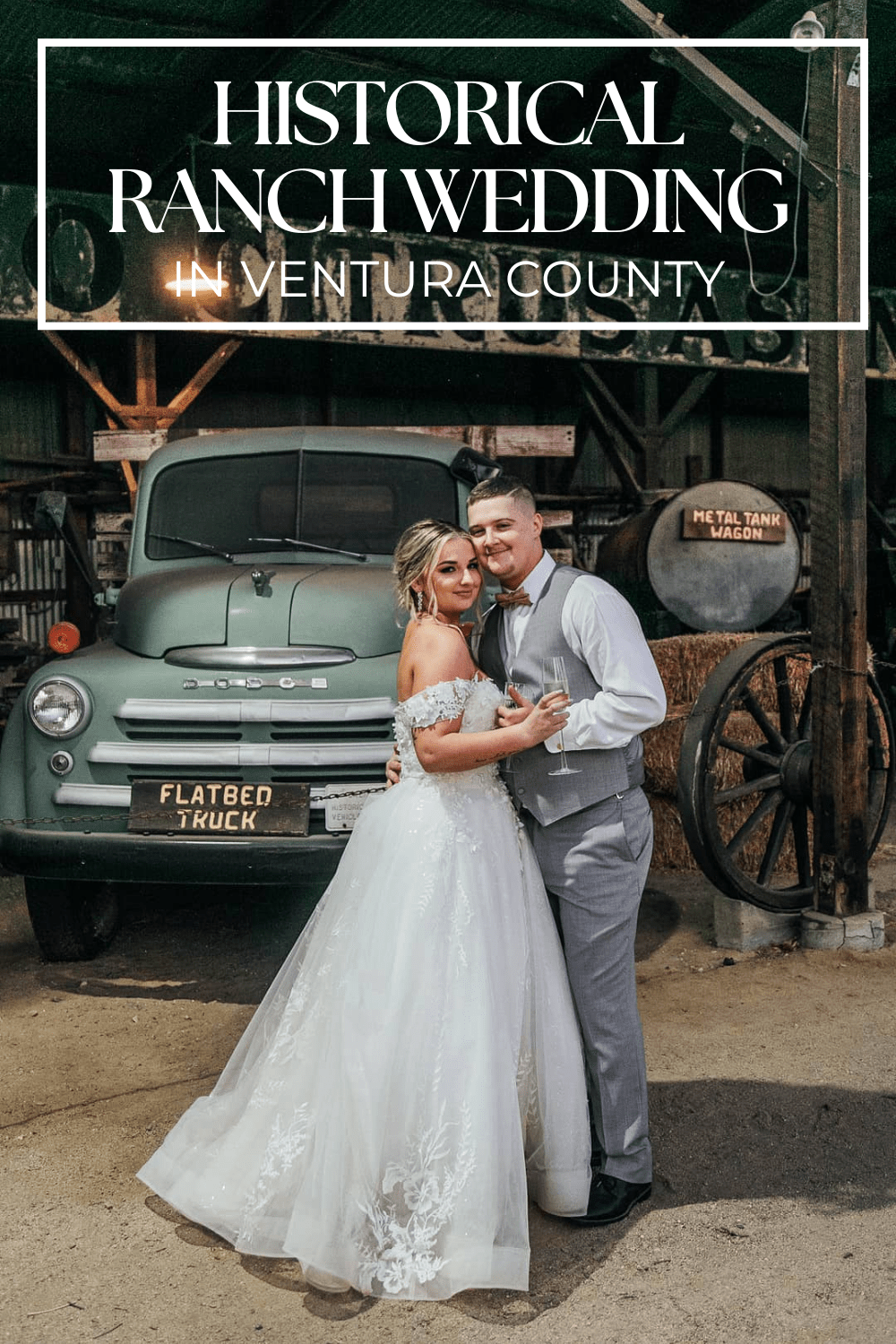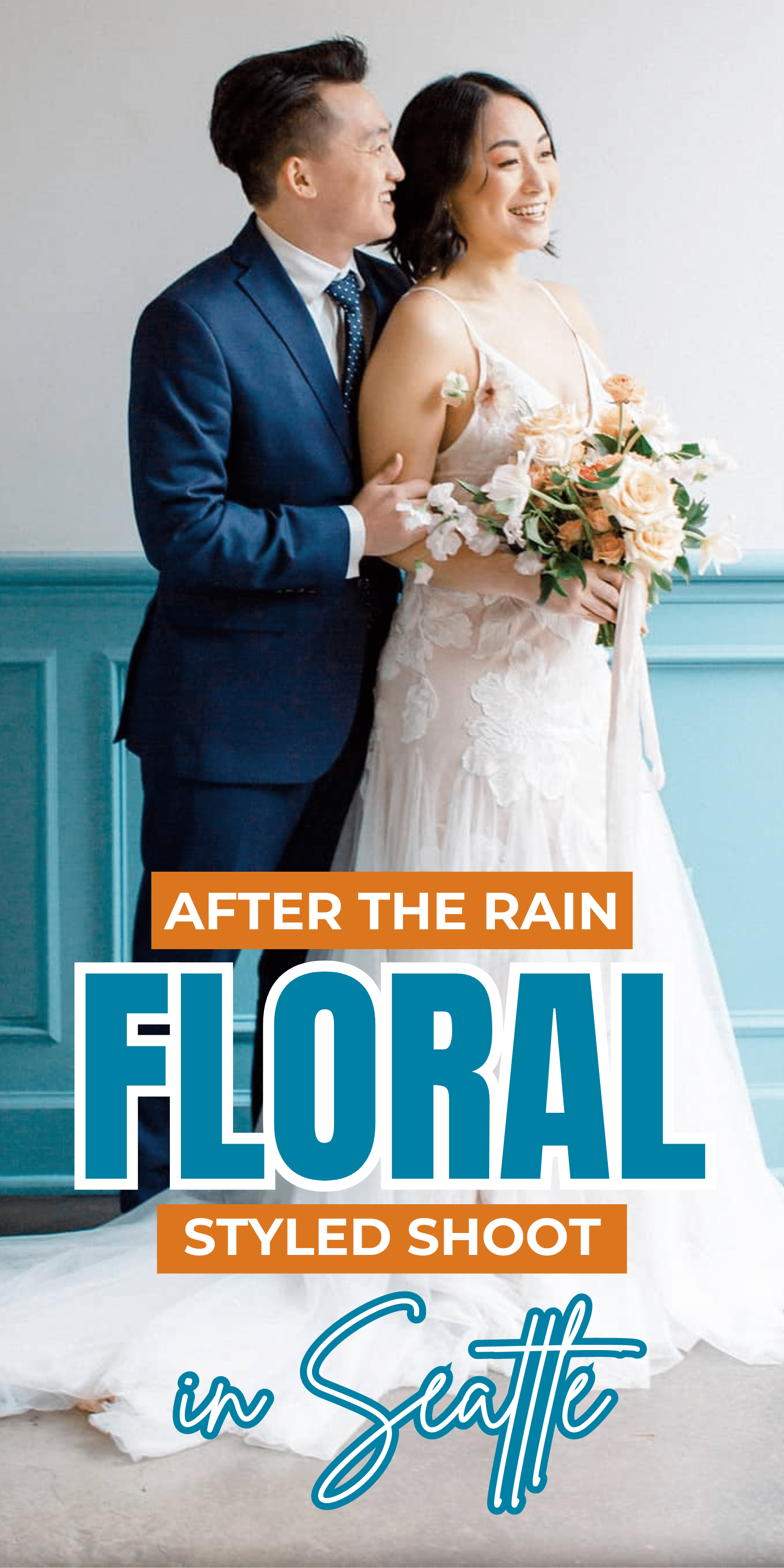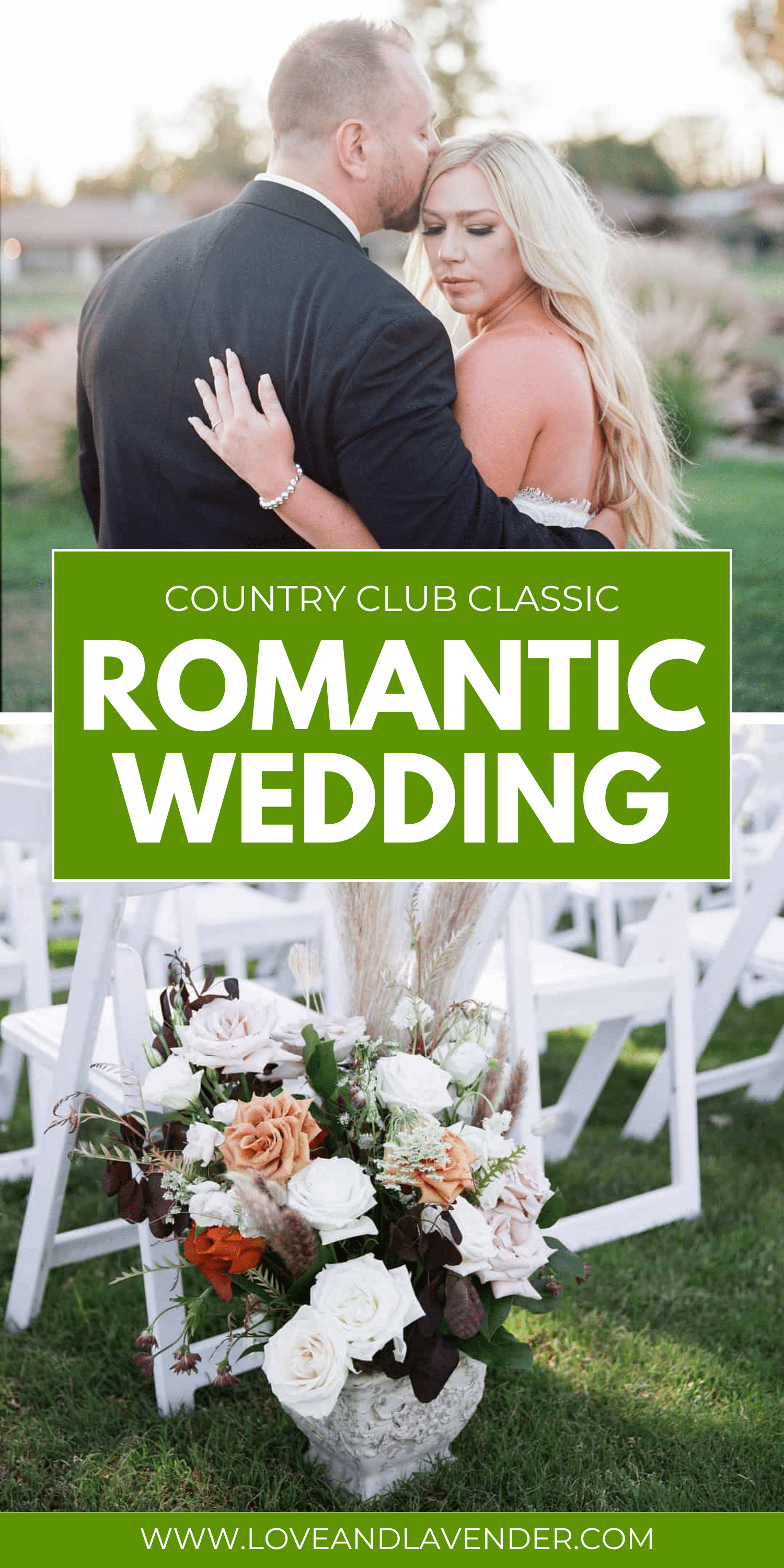A diamond ring doesn’t have to be huge to be spectacular, and even a quick glance at the scintillating, sparkling range of half-carat diamond rings on the market proves that. The half-carat size is more popular in Europe than in the United States, but it’s always a good choice for the budget-conscious buyer.
But how do you buy the perfect half-carat diamond ring? We’ve assembled this easy guide to all things diamond to help you find your feet in the diamond-buying world—and to help you find your perfect half-carat match!
Although a half-carat diamond might sound small, when you choose the right clarity, color, cut, and setting, it can be a phenomenal statement piece.
This buying guide was designed to get you the best value for money and the most spectacular stone possible, so be sure to read all the way through before choosing your dream diamond ring!
 Pin
PinHalf Carat Diamond Ring Price
If you’re shopping for a diamond ring on a budget or choosing a stone for someone with understated elegance, the half-carat weight will appeal. It’s also perfect for that special someone who wants a ring that they can wear day-to-day, without the risk and impracticality of a higher carat rating.
As this is a popular size of diamond, you may find the options open to you overwhelming—and their varying price tags confusing. Luckily, we’re here to simplify everything for you! At this size, you can pay anywhere from around $800 to $4,000—sometimes even more—for a half-carat diamond.
Why such a variance? It’s because not all half-carat diamonds are created equally. Diamonds are graded on the famous 4Cs, and where each stone fits into this ranking system will impact its cost.
As you would expect, the cheaper half-carat diamonds that you can purchase for less than $1,000 won’t be the best quality. A diamond of lower quality is still a sight to behold, and if it suits your budget, it can still make a statement.
However, if you are a smart and empowered buyer—which you soon will be—you can use your knowledge of how diamonds are sorted and graded to get the best bang for your buck possible.
Let’s look at some possible price points, and how the gradings affect them. We’ll be throwing around some diamond terminology, but don’t let it confuse you—we’ll explain everything later in this guide.
On the expensive side of things, a half-carat diamond ring worth $4,000 (or more) will be graded flawless, colorless, and in perfect cut condition. That’s a D-color and FL-clarity rating. However, just because a diamond is this quality, it doesn’t mean that you should spend all of your money buying one, and doing so will almost always be a foolish purchase!
Truly flawless diamonds can rarely be appreciated by the naked eye, but they will cost a lot more, even at this weight. You could get something visually the same for much less, or put that money towards a higher carat rating or another treat if you would rather.
So, where is the best intersection of price and value? In the color gradings, anything from G to I will look near-identical to that top-end D, for a lot less money. If we talk clarity, any stone rated VS1/2 or higher will be a solid purchase, and nearly identical to that perfect FL diamond. Let’s throw some solid dollar values on that.
A G-rated, VS1 clarity, round-brilliant diamond will, instead, set you back about $1,500. At I-color, it will be about $1,200. At the higher VVS1 clarity, that G-color diamond will be about $1,600, and its I-rated equivalent will be about $1,300.
There’s some wriggle room to lower this further, especially if you favor classic yellow gold for the band (it peps up diamond color), to the J-color rating.
We’d recommend sticking with J or higher in color, and VS2 or higher in clarity, for the best balance of looks and cost. Anything above K-color and SI2 clarity can still be worth considering, however, as long as it is a great deal.
The Lab-Grown Option
It is well worth discussing lab-grown diamonds if you’re looking for a budget-friendly way to get a beautiful diamond. These are 100% real diamonds, just created in lab conditions instead of being mined from the earth.
While some people still prefer the “authentic” feel of a mined diamond, lab-grown diamonds in the half-carat category can be up to 50% cheaper than the exact equivalent mined diamond.
Even professional jewelers can only tell the difference by examining the certificate number with a laser and looking it up! So, if you’re working with a tight budget, or prefer the more ethical sourcing of a lab-grown diamond, it’s a fantastic way to get something the same (or better) for less.
 Pin
PinHow Big Is a Half Carat Diamond Ring?
How much bling will you get at a half-carat rating? These rings bring a nice balance of practical size and integral beauty to the table, but what should you expect? Let’s take a look.
Firstly, now is the time to explain the carat system. Many people think it indicates physical size, but it is actually a system of weight. Each carat is 200 mg of diamond, with 100 “points” breaking each carat down further.
However, weight and size aren’t always correlated. Some shapes of diamonds carry their weight below the girdle—the point where the setting and the stone interact. Obviously, shape impacts the “spread” of the diamond over the finger, too. A round-brilliant shape will distribute everything evenly and is a classic and coveted shape.
But squarer or more elongated shapes can make the ring look larger by virtue of that shape. An expert cut (not the same as shape—we’ll explain why in a minute) will also make a stone look larger than it is.
If we’re looking at a round-brilliant half-carat diamond ring, the stone will be about 5.1 millimeters in diameter. The average woman’s ring finger is about 16.5 millimeters to 17 millimeters wide, so that’s about 31% of the finger without other gems, the setting, or the band accounted for. A nice, but comfortable and practical statement, right?
Half Carat Diamond Ring Shape, Cut, and Color
Now you have the basics of half-carat diamonds sorted, let’s dive into some critical points for buyers. The shape, cut, and color of a diamond can have a big effect on the overall cost and look, so here’s what you need to know.
Shape and Cut
A diamond’s shape is often confused with a diamond’s cut, although the two are technically very different. Shape means the geometrical shape and is classified by specific names—like oval, round-brilliant, and emerald.
The shape of the diamond in a ring is very much a matter of personal taste, so buy what speaks to you! You should also consider the stone’s setting when deciding on a shape, as the ring should be well-balanced throughout.
Does the shape affect the price? A little. Primarily due to the wastage as the stone is shaped. If there’s a lot of waste (the round-brilliant cut can be rather wasteful), the final stone’s cost will be pushed higher. Shapes that waste less will often be cheaper.
So, what is cut? The cut of a diamond is a style guide used by a gem cutter for symmetry and polish, but this feature will also impact the value and appearance of the stone. It hinges on how well the facets, or flat planes, are cut into the gem, and how many there are.
Round-brilliant cuts can have up to 58 sparkling facets to throw light around the room and are the most strictly graded for cut. While other “fancy” shapes may have fewer facets, they can still be a beautiful overall effect.
Cut does influence the diamond price. For example, this 0.5-carat round diamond with a Good cut rating is priced at $946 while the same rated 0.5-carat round diamond with an Ideal cut rating is priced at $1,069.
There are no set rules for choosing the shape of a diamond, so you have plenty of options. A round-brilliant diamond often allows the stone to sparkle more, whereas a pear or oval cut can make it appear larger, so it depends on what you’re looking for and what you love. Always aim for a Great cut grading, however, to ensure the diamond sparkles with life.
| Round | $558 |
| Princess | $494 |
| Emerald | $364 |
| Asscher | $536 |
| Cushion | $395 |
| Marquise | $494 |
| Radiant | $454 |
| Oval | $540 |
| Pear | $488 |
| Heart | $498 |
Color
When is color not a color? When grading traditional white diamonds! The color aspect of those key 4Cs is actually driven by how little color the diamond shows. The top rating—D—is completely clear, like a scintillating drop of pure water. Lower ratings start to show a slight yellow (or brown) tinge.
However, this color is not something that you will immediately notice—professionals grade diamonds loose and according to a fixed scale. Why lose? Because the metal of the band, as well as the color of other gems, can greatly impact how we perceive color.
In particular, darker and warmer bands can “pep up” yellow-tinged diamonds and make them look clearer. Additionally, if you line up diamonds of very close gradings, it can be near impossible to spot the difference. Luckily, you can use that to your advantage to score a great deal!
The GIA, the most trusted certification system, uses a color grading scale of D through to Z. For a half-carat diamond, choosing somewhere between G and I will bring you the best value, as the diamond will look colorless to the naked eye and still be within a reasonable price range.
Above that threshold, all diamonds will look near-colorless to the naked eye, so choosing one at the highest grade is often meaningless and may slap needless dollar increases on rings that look identical. In fact, some people don’t like the icy effect of the best color gradings, and prefer a little warmth with their sparkle!
Color impacts price as well. A 0.5-carat ideal round cut diamond with a K grading for color is $577. Bump up to a G for color, and the price is $763.
The full-color scale is here—remember, anything above I or J will be a great choice
- Colorless = D to F
- Near colorless = G to J
- Faint = K to M
- Very light = N to R
- Light = S to Z
Are Colored Diamonds Real?
Yes, they are! You may have seen colored diamonds advertised—like black, chocolate, pink, green, blue, and red. This color is achieved naturally through chemical processes as the diamond is created.
Mineral elements like sulfur and nitrogen combine with the diamond’s carbon to develop the colors. It takes a very unique process indeed to make red diamonds, so they are the most expensive of all.
While the GIA’s color scale isn’t used for colored diamonds, they are ranked from fancy-vivid to fancy-faint, based on the richness and consistency of their color.
Pricing of colored diamonds can vary widely, like this 0.5-carat light blue diamond for $43,350 versus this 0.53-carat yellow diamond for $776.
Clarity Rating for Half Carat Diamond Rings
The key to finding a beautiful diamond ring is finding one that’s “eye clean” and colorless. The good news is that half-carat diamonds are forgiving in both of these areas, as we’ve already seen with color.
So what is the eye-clean factor? This refers to the clarity rating of a diamond. Clarity assesses how many blemishes (external) and inclusions (internal) the diamond has. These are micro-flaws that occur as the diamond is formed.
Grades are given depending on how many of these inclusions there are, what area they’re found in, and how easy they are to spot. A grader will give a rating depending on what they can see under 10x magnification, this ensures that all diamonds are graded equally.
As with the color grades, beyond a certain point, the clarity rating will become meaningless. All that matters is that a diamond looks clean when you view it, as it’s not very likely that someone will want to take a magnified look at it!
You can save a lot of money by not buying a diamond with the highest clarity rating, and it will still look exquisite. In general, anything in the VS1/2 range and higher will be visually beautiful.
Clarity also impacts price. A 0.5-carat ideal round cut diamond with an SI2 for clarity is priced at $534 while a similar diamond with a clarity rating of VVS2 is $695.
The GIA is one of the most trusted certifiers of diamond clarity and they have established a grading system for assessing the stones. The following are their clarity grades and what each of them means.
- Flawless (FL): Although there is no such thing as a perfectly pure diamond, this is as close as you’ll get.
- Internally flawless (IF): An IF diamond features no inclusions, but may have extremely minor blemishes.
- Very, very slightly included (VVS1 and VVS2): A VVS diamond features very minor inclusions. They are so small that even a skilled grader will have trouble finding them.
- Very slightly included (VS1 and VS2): A grader will see inclusions but they will be minor ones.
- Slightly included (SI1 and SI2): Inclusions can be seen under magnification and some may be visible with the naked eye.
- Included (I1, I2, and I3): This is the lowest grade for clarity, indicating inclusions under magnification and obvious to the naked eye. These inclusions will impact the brilliance and transparency of a diamond.
| IF | VVS1 | VVS2 | VS1 | VS2 | SI1 | SI2 | |
| D | $2,103 | $1,488 | $1,166 | $1,170 | $1,116 | $943 | $821 |
| E | $1,649 | $1,343 | $1,162 | $1,062 | $1,020 | $830 | $753 |
| F | $1,327 | $1,320 | $1,095 | $1,069 | $1,008 | $829 | $735 |
| G | $1,262 | $1,188 | $1,152 | $1,082 | $966 | $840 | $744 |
| H | $1,152 | $1,073 | $1,004 | $946 | $916 | $805 | $684 |
| I | $1,014 | $841 | $839 | $816 | $756 | $679 | $582 |
| J | $983 | $773 | $760 | $686 | $678 | $618 | $569 |
| K | $745 | $688 | $620 | $611 | $571 | $558 | $568 |
How to Choose the Best Half Carat Diamond Ring
Diamond ring shopping can be an exciting experience, but also an overwhelming one. In general, a 0.5-carat diamond with a G or H for color and VS1 or VS2 for clarity will be your best value and will cost around $1,000.
To ensure you make a smart purchase and tick all of the necessary boxes to get the very best value, here’s a recap of the points that you’ll need to consider when buying a half-carat diamond ring.
Occasion
At the half-carat size, it’s common to see rings designed for both engagements and other purposes. This daintier size of ring lends itself well to all kinds of jewelry, so it depends on what you’re looking for. Remember, at the end of the day, it isn’t about ratings and value, but about how much you love and will cherish the ring.
Setting
Shape and personal preference go hand in hand. Remember, however, that a diamond’s final shape will also influence its visual size and radiance. Some prefer a round-brilliant diamond to show off the brilliance of the stone, and others favor something larger but less radiant, like an oval or emerald-cut diamond.
Obviously, the setting is also important when choosing a size, with factors like halos and baguettes on the sides of a center stone all impacting what shape will work best for a half-carat diamond ring. Remember, choose something you love, not something that’s technically perfect!
Certification
All diamonds should come with a certification that vouches for their quality and authenticity, regardless of whether you buy them online or at a physical store. A diamond’s grading certification features comprehensive information about the stone, including its carat count, cut quality, shape, polish, and color grade.
This data is used to determine the value of the diamond ring for insurance, and to both know its worth at the time of purchase and prove it if you want to sell it in the future.
 Pin
PinWhere to Buy a Half-Carat Diamond Ring
Gone are the days when you had to rely on your local jeweler or go without. Today, you can choose to shop online or through a traditional jewelry store when purchasing a half-carat diamond ring. Each has its pros and cons, which we will break down for you.
Online
Online diamond sales have skyrocketed recently, and the more this market grows, the bigger the selection of half-carat diamond rings there is for the consumer. The top benefit of buying online is the competitive pricing because these stores don’t carry the high overheads of traditional stores.
We’ve put together a list of a few stand-out online diamond vendors we can recommend.
Local Jewelry Stores
For some people, their local jeweler is the only person they’d trust to buy a diamond ring from, and that will never change. Customers appreciate having an expert jeweler walk them through the ring-buying process, and trust that they’re buying quality, certified stones when they shop in-store at a jewelry store.
Plus, an in-person visit allows you to try on that half-carat diamond ring to see how it looks on your finger. In the end, there’s no right choice here, so go with what you prefer. But remember those certifications!
Half a Carat of Greatness
There’s a lot of beauty in a half-carat diamond ring, so be sure to enjoy it. This size of diamond is exceptionally popular in Europe, where they favor understated elegance as an aesthetic, and it’s a smart choice for anyone shopping for a brilliant diamond on a budget, or one they want to wear often.
Knowing where to spend more and the areas you can save in will ensure you get bang for your buck when choosing a half-carat stone. Whether you choose an online diamond retailer or a physical store, getting help from an expert will ensure you make the right choice.
Powered by our guide, you’ll walk into the buying process with all the knowledge you need to choose a diamond ring that is the perfect balance of value and cost-effectiveness, and you’ll walk away with a ring that you’ll treasure forever.
Curious about how other carats stack up next to your bling? Check out these guides for other popular diamond rings:





















Leave a Reply